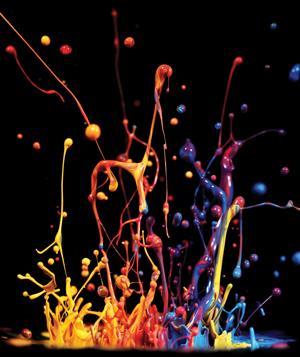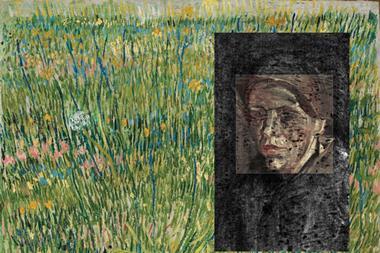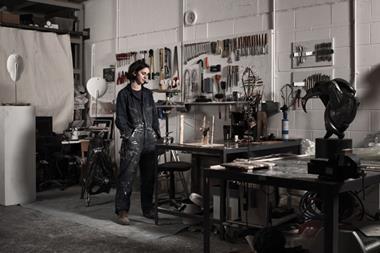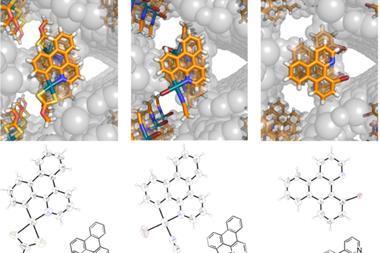We speak to artist Briony Marshall and art detective Warren Warren about the more artistic sides of chemistry

0.40 – In the aftermath of Pfizer’s attempted takeover bid for AstraZeneca, why does the failure of the deal leave AstraZeneca vulnerable?
3.40 – A metal-organic framework ‘crystal flask’ is helping researchers see into the mechanism of a palladium catalysed reaction using x-ray crystallography of the reactants absorbed inside the porous material. Mechanism study seeks to clear ‘crystalline flask’ cloud
6.25 – Warren Warren from Duke University, US, is using laser pulses to look deep under the surface of artworks and uncover secrets about their origins, verify claims of provenance and even show up overpainted images. The art detectives
13.15 – Neil and Emma give some highlights from our chemistry and art special issue, with more artistic detective work, the chemistry of colours and pigments, the tricky business of conservation and much more besides.
19.20 – Biochemist-turned-sculptor Briony Marshall explains how her background in science informs her artistic inspiration. She describes how artistic representations of scientific things can give a different view of molecules, like her sculptures of DNA and glucose using figurines for each atom. Art imitating life
25.50 – 13C and 15N-enriched ‘heavy mice’ are helping improve the quality of NMR imaging of tissues, and measure how lab-grown tissues compare to natural ones, and probe the chemistry of tissue formation. ‘Heavy’ mouse helps out tissue engineers
28.55 – A 3D-printed facsimile of shark skin is helping researchers understand how the surface denticles help sharks swim so efficiently. 3D printing reveals shark skin secrets










No comments yet